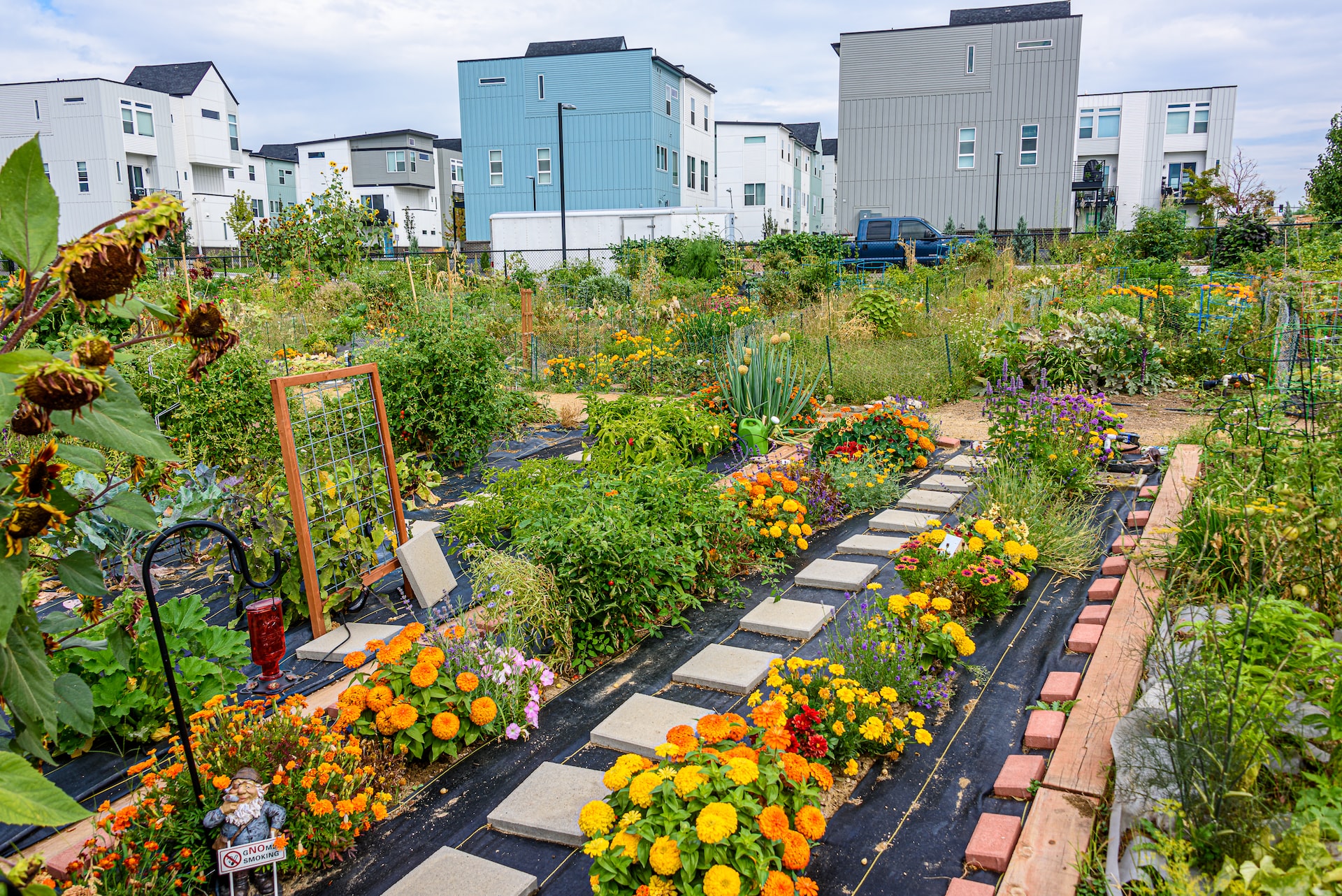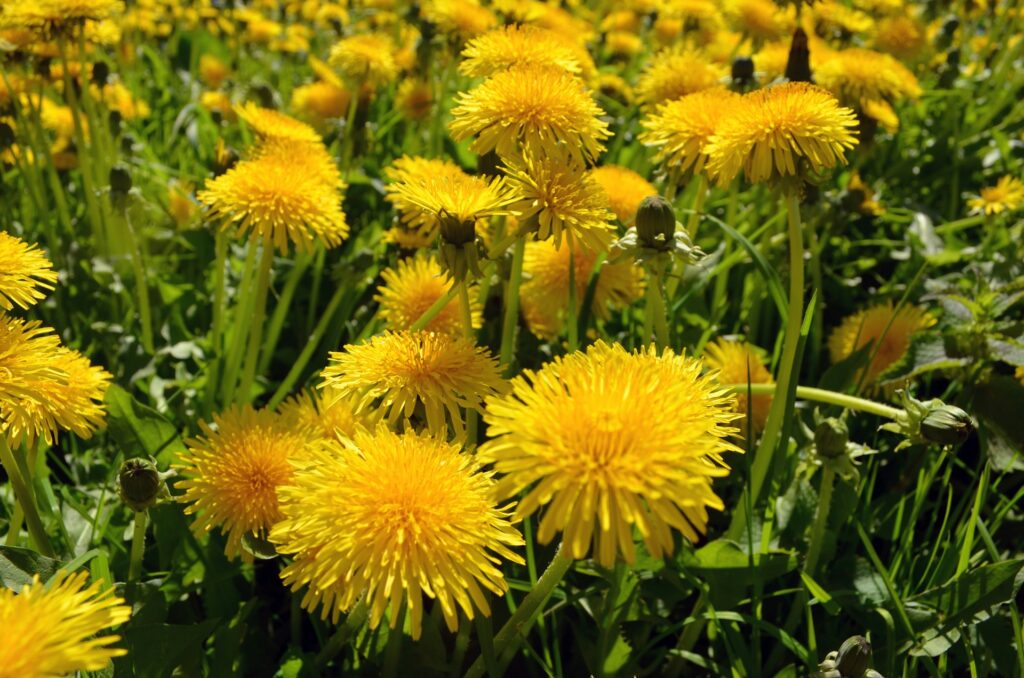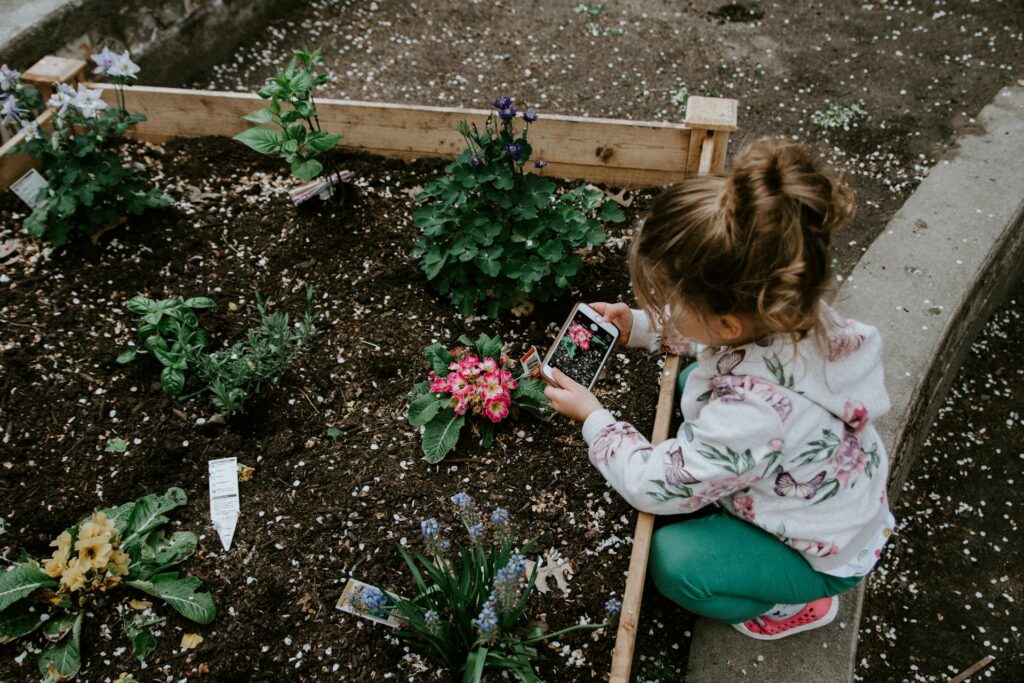
We are reader-supported. When you buy through links on our site, we may earn an affiliate commission.
Do you often stare at an empty lot across the street from your apartment complex? Perhaps your complex has a courtyard or opens up to a grassy area in the back. If so, you might consider starting a community garden.
Community gardens are all the rage, and more renters are seeking residences that allow them to cultivate and maintain their own produce. Of course, it’s hard to counter-argue the benefits of community gardens, including:
- Supports underserved communities and transforms urban environments into green oases
- Fosters community and allows residents to forge new relationships with one another
- Attracts a broader renting demographic
- Increases access to healthy, clean and affordable produce
- Reduces waste through composting
These seven steps can guide you if you’ve ever wondered how to start a community garden in your apartment complex.
1. Gauge Interest From the Rental Community
Imagine putting in all that hard work to establish a community garden for there to be little interest in participating. Your best shot at success comes from gauging whether or not residents at your apartment complex even want one.
Considering community gardens are popping up all over the country, it’s more than likely that residents will be eager to join. There are about 29,000 community gardens in the 100 most populated cities in the United States. Of that, Portland, Oregon, boasts the most community gardens, with nearly 4.5 gardens per every 1,000 residents.
2. Seek Permission From Your Landlord
Once you’re sure fellow renters want to get involved, you’ll probably need to take your idea to your landlord, especially if the garden is onsite. As a renter, you know all too well that it’s impossible even to paint a wall or make a minor modification in your unit without your landlord’s approval.
However, your landlord may be more willing to oblige if you show proof of interest in a community garden in your apartment complex. At the same time, they’ll likely write up a separate contract for the community garden leaders to sign once you’ve determined the logistics.
3. Pick a Location and Designate Plots
Wherever you decide to create your community garden on the grounds should receive ample sunlight and be easily accessible. Consider whether people with disabilities can make their way to the garden and if it’s safe for children.
The location should also have plenty of room to designate multiple plots. Plots could be any size, but you can probably make 35 plots that measure 10 feet by 20 feet on a quarter acre. Of course, plots might end up being smaller in a courtyard.
4. Set an Occupancy Fee
Unfortunately, not everyone who wants to participate in the apartment complex community garden will be able to. Figure out how sign-ups will work and if residents can rent the plots for a set amount of time. A small occupancy fee could help with the initial costs of installing the community garden and maintaining the grounds in the future.
Occupancy fees might be payable monthly, while plot rentals could go month-to-month, bi-monthly or every three to six months.
5. Encourage Composting
To save money on the cost of materials, encourage gardeners to compost their scraps and leftovers. You might also build a larger compost bin for residents to drop off their scraps and pull dirt from nearby.
You can compost many food items, including vegetables, coffee grounds and egg shells. In fact, egg shells provide extra calcium to the plants to ensure healthier, stronger growth.
6. Determine the Rules for Gardening
Create a list of rules for gardeners to adhere to for equal participation. The rules might include organic principles that cover seasonal planting, companion planting and harvesting. It would be best if you also devised rules for integrative pest management with little to no pesticides.
Although gardeners will be responsible for maintaining individual plots, coming up with a schedule to rotate crops and growers is essential. Voting in community garden leadership can help streamline maintenance, monitoring and communication.
7. Register Your Community Garden
After a few months of running your community garden in your apartment complex, consider funneling some of the funds toward membership with the American Community Gardening Association (ACGA).
The ACGA provides members with gardening workshops and resources, as well as grant opportunities and support.
Build a Stronger Renters Community With a Community Garden
Building a community garden in your apartment complex is a surefire way to enhance a greater sense of community amongst your fellow residents. The ability to come together and reap the benefits of a combined effort to produce fresh food will help foster lasting relationships.










